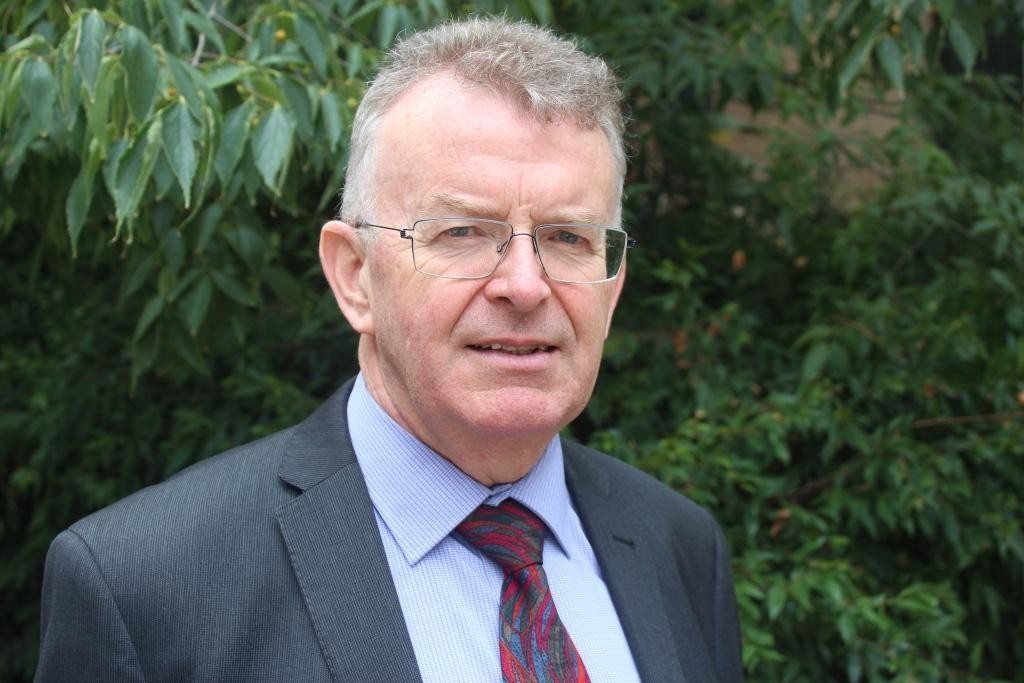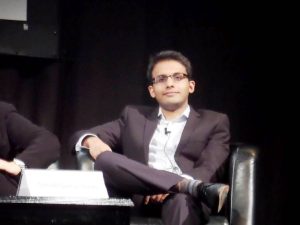Ever thought about the ethical impacts of a technology? Ever wondered why some promising technologies fail? How do we understand the ties of technology to society and how do we ensure the society is benefited?
We interviewed Dr. Greg Adamson, the Associate Associate Director Operational Assurance at ANZ and President IEEE SSIT (Society on Social Implications of Technology) to get the answers to some very important questions every young engineer must know.
With over 35 years work experience, here’s what Dr. Greg Adamson had to say:
Dr. Greg Adamson, tell us a little about yourself and the work you do at ANZ Bank?
I work in the field of operational risk, which looks at technology, information security and operational issues that can cause difficulties for the bank and its customers. Banks often look to people with engineering backgrounds to undertake operational risk tasks, as our training provides us with a structured way to look at problems and challenges.

Dr. Greg Adamson
How did you get involved with IEEE and can you highlight the activities of the IEEE Society on Social Implications of Technology (SSIT)?
I joined IEEE as an undergraduate student following the encouragement of one of my lecturers. A couple of years later when renewing my membership I noticed SSIT. Sometime later I helped to establish an SSIT chapter in Australia, and more recently I have served on the SSIT Board of Governors and this year as President. In recent years IEEE has been encouraging SSIT to be involved in all new IEEE initiatives. For areas such as drones, the Internet of Things and brain technology interfaces, the social implications are clear. The common view within IEEE today is that if SSIT isn’t at the table in a new initiative, a key stakeholder has been missed.
Why do young professionals today need to understand the interplay between technologies and society?
I see three answers to that. The first is ethical: it is the responsibility of technologists to think about the impact of what they are working on. The second is practical: a lot of technologies fail in the market and in many cases the ones that fail ignored users and the relationship between the technology and the community. Finally, when we finish our careers, we would generally prefer to be remembered for something we achieved, not for some disaster we accidentally caused.
What resources can young professionals use to understand the underpinnings and effects of technology in society?
There is the IEEE Code of Ethics. Then we have an excellent magazine, IEEE Technology and Society. As well as that we are developing some great social media resources on Facebook, Linked In, and IEEE’s Collabratec.
What advice would you provide to young professionals worldwide who wish to pursue a career in the societal impacts of technology?
In industry fields such as ergonomics, industrial design, cybernetics, specialties such as the human aspects of security, and operational risk are all fields that expect you to think outside the box. Beyond that, all other areas of industry still benefit from the breadth that an SSIT background gives you. In academia teaching ethics, environmental research, humanitarian technology, privacy and security, and other areas that involve a multi-disciplinary approach to questions are all relevant. Most of the not-for-profit areas that involve technology volunteering are also very relevant.

The IEEE GOLDRush team thanks Dr. Greg Adamson for showing us a side of technology which is not just important but very much present. With this understanding, Young Professionals can build technologies that will create better and greener societies.
Interview conducted by Sneha Kangralkar, Assistant Editor
Tags:EthicsSecuritySocietyTechnology





